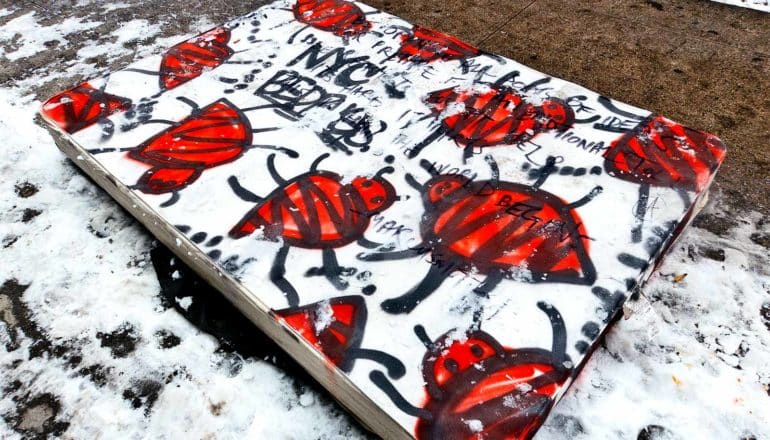
Homes infested with bedbugs appear to have different bacterial communities—often referred to as microbiomes—than homes without the pests, according to a new study.
In addition, once infestations were eradicated, home microbiomes became more similar to those in homes that didn’t have infestations.
The findings could be an important step in lifting the veil on the factors involved in indoor environmental quality and how to improve it.
“The elimination of the bedbugs resulted in gradual shifts in the home microbial communities toward those of uninfested homes.”
Microbes can affect indoor air quality. So researchers wanted to learn more about the microbiomes of bedbugs, whether bed bugs can shape the microbial community in homes they infest, and whether eliminating bedbugs changes the microbiome of homes that were once infested.
The study, held in an apartment complex in Raleigh, compared the microbiomes of bedbugs with the microbiomes in the household dust of infested homes as well as the microbiomes in apartments that had no bedbugs. Researchers studied 19 infested homes over the course of four months; seven were treated with heat to eliminate bedbugs after the initial sample was taken, while 12 infested homes were treated after one month. The researchers compared these homes with 11 that had no bedbugs.
The results showed similarities between the microbiomes of bedbugs and the dust-associated microbiomes of infested homes, mostly through the presence of Wolbachia, a symbiotic bacterium that comprises the majority of the bacterial abundance in bedbugs. Bedbug and infested home microbiomes differed significantly from the microbial communities of uninfested homes.
“There is a link between the microbiome of bedbugs and the microbiome of household dust in bedbug infested homes,” says Coby Schal, professor of entomology at North Carolina State University and co-corresponding author of the paper. “No previous study has reported the impact of chronic pest infestations on indoor microbial diversity.”
The researchers also found that, after bed bugs were eliminated, infested home microbiomes gradually became more like those in homes without bedbugs.
“The elimination of the bedbugs resulted in gradual shifts in the home microbial communities toward those of uninfested homes,” says Madhavi Kakumanu, a research scholar in Schal’s lab and co-corresponding author of the study. “This paper is the first experimental demonstration that eliminating an indoor pest alters the indoor microbiome toward that of uninfested homes.”
“Bedbug infestations are problematic in many homes in both developed and developing countries,” Schal says.
“There is a critical need to investigate infestations from the perspective of indoor environmental quality, and this paper represents a first step toward this end.”
The study appears in Science of the Total Environment.
Funding for the work came from NC State’s Blanton J. Whitmire endowment, as well as the US Department of Housing and Urban Development Healthy Homes program, the Alfred P. Sloan Foundation, and the National Science Foundation. Seed funds came from NC State’s Center for Human Health and the Environment, funded by the National Institute of Environmental Health Sciences.
Source: NC State
The post Bedbugs alter your home’s microbiome appeared first on Futurity.
from Futurity https://ift.tt/2CzkYD0
No comments:
Post a Comment